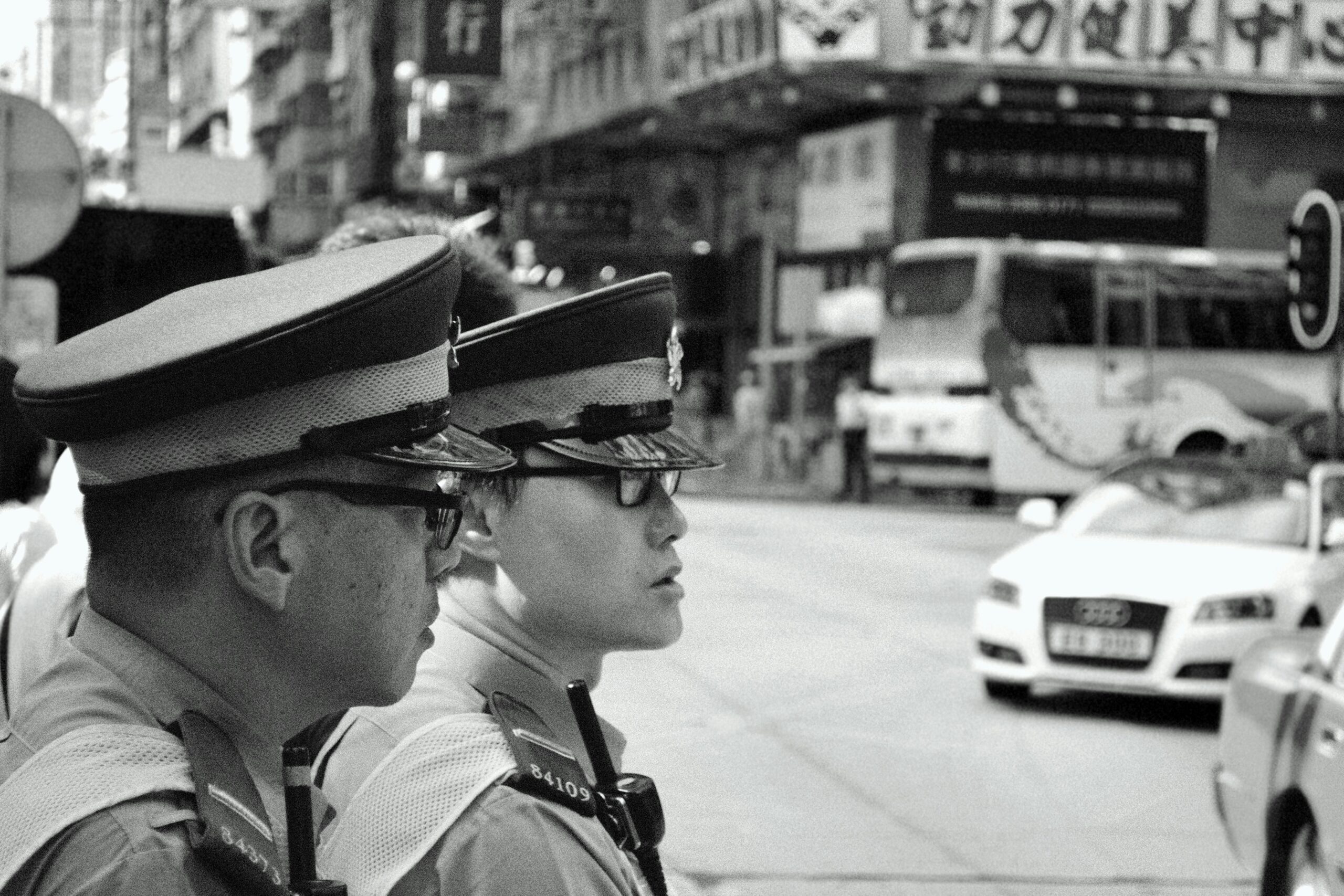
Law enforcement leadership has historically reflected limited diversity, often failing to represent the communities officers serve. However, recent progress demonstrates a growing recognition of the value diverse leaders bring to policing. Agencies across the country have begun appointing leaders from diverse racial, cultural, and gender backgrounds, signaling a shift toward greater inclusivity. These changes not only broaden perspectives within leadership but also enhance community trust and confidence.
Furthermore, diverse leadership ensures that policies and practices take into account multiple perspectives and experiences. Leaders who understand the cultural and social backgrounds of their communities make better decisions in both crisis management and long-term strategy. This shift underscores that diversity in law enforcement leadership is not merely symbolic—it has a direct impact on the effectiveness of public safety and the quality of justice delivered.
Why Representation Matters
Representation in leadership positions influences how communities perceive law enforcement. When community members see leaders who reflect their own identities and experiences, they are more likely to trust the system. Trust grows when citizens believe law enforcement understands their unique needs and challenges. In turn, this trust reduces tension, increases cooperation, and strengthens public safety.
Beyond perception, representation also inspires the next generation. Young people from diverse backgrounds who aspire to careers in policing feel motivated when they see leaders who look like them. This visibility creates pathways for future officers, making diversity in law enforcement leadership a self-sustaining goal rather than a temporary trend.
Pathways Toward Inclusive Recruitment
Recruitment serves as the first step toward achieving diversity in leadership. Law enforcement agencies that actively seek candidates from different backgrounds build a pipeline of talent that can eventually rise to leadership roles. By reaching into schools, colleges, and community organizations, agencies create awareness about opportunities in policing.
Additionally, mentorship programs play a crucial role in supporting recruits. When experienced leaders guide new officers from underrepresented groups, they encourage and reduce the sense of isolation. These pathways ensure that diverse candidates not only join the force but also thrive long enough to reach positions of influence and leadership.
Breaking Barriers to Advancement
Even when diverse officers enter the profession, advancement opportunities can present challenges. Traditional promotion structures favor those with established networks or cultural familiarity, potentially undermining the organization’s effectiveness. To address this, agencies must adopt transparent promotion processes that focus on merit while recognizing the value of lived experience.
Furthermore, leadership training programs should emphasize inclusivity. Officers from all backgrounds must feel they have equal access to development resources, whether through leadership workshops, advanced education, or specialized assignments. Breaking barriers to advancement means ensuring that potential leaders rise based on their skills and commitment, rather than connections or favoritism.
The Role of Community Partnerships
Law enforcement cannot achieve meaningful diversity in leadership without strong partnerships with the communities they serve. Community engagement programs allow leaders to listen, learn, and adapt strategies to meet local needs. When leaders engage with neighborhoods, faith groups, and advocacy organizations, they build relationships that reinforce accountability and trust.
Moreover, community input helps identify areas where representation falls short. By listening to feedback, agencies can adjust recruitment, training, and promotion practices to better reflect the populations they serve. These partnerships create a cycle of accountability, where both law enforcement and the communities they serve share responsibility for fostering diversity in leadership.
Women in Law Enforcement Leadership
Women continue to break barriers in law enforcement leadership, yet they remain underrepresented in top positions. Increasing the presence of women leaders provides fresh perspectives on issues such as domestic violence, sexual assault, and community policing. Their leadership styles often emphasize collaboration and communication, qualities that strengthen both internal culture and community relations.
To support women’s advancement, agencies must address systemic challenges such as work-life balance and the lack of female mentors. Providing flexible career pathways and recognizing diverse leadership strengths ensures that women can rise to executive roles. As more women lead, they set powerful examples that encourage future generations to follow similar paths.
The Impact of Cultural Competence
Cultural competence represents a critical skill for diverse leaders in law enforcement. Leaders who understand cultural norms, languages, and traditions navigate community relationships with greater empathy and effectiveness. This competence extends beyond background—it reflects training, awareness, and a willingness to engage with diverse communities respectfully.
Agencies that prioritize cultural competence in leadership also improve internal team dynamics. Officers learn from leaders who model respect for difference, and this respect translates into daily policing practices. As a result, both community interactions and workplace culture benefit from a more inclusive approach.
Policy and Training Reforms
Diversity in law enforcement leadership thrives when policies and training support inclusion. Agencies must adopt policies that prioritize fairness in hiring and promotion while also addressing workplace discrimination. Leaders who uphold these standards set the tone for the entire organization.
Additionally, ongoing training on diversity, equity, and inclusion equips officers and leaders with the tools to effectively manage bias. By embedding these values into their organizational culture, agencies create environments that foster diverse leaders’ ability to thrive and succeed. Policy and training reforms demonstrate a commitment to systemic change rather than symbolic gestures.
Pathways to Lasting Change
The journey toward lasting diversity in law enforcement leadership requires both persistence and accountability. Agencies must continue to evaluate their progress, track leadership demographics, and set measurable goals. Transparency ensures that progress remains visible and that commitments translate into real outcomes.
At the same time, the future depends on building pathways for upcoming leaders. Encouraging mentorship, providing educational opportunities, and fostering inclusive cultures guarantee that diversity in leadership will not fade with one generation. Instead, it will grow stronger, shaping law enforcement into a field that reflects the values of fairness, representation, and community trust.